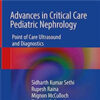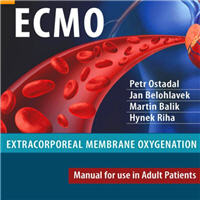Sepsis Subclasses: A Framework for Development and Interpretation
journals.lww.comSepsis is defined as a dysregulated host response to infection that leads to life-threatening acute organ dysfunction. It afflicts approximately 50 million people worldwide annually and is often deadly, even when evidence-based guidelines are applied promptly. Many randomized trials tested therapies for sepsis over the past 2 decades, but most have not proven beneficial. This may be because sepsis is a heterogeneous syndrome, characterized by a vast set of clinical and biologic features.
Combinations of these features, however, may identify previously unrecognized groups, or “subclasses” with different risks of outcome and response to a given treatment.
As efforts to identify sepsis subclasses become more common, many unanswered questions and challenges arise.
These include: 1) the semantic underpinning of sepsis subclasses, 2) the conceptual goal of subclasses, 3) considerations about study design, data sources, and statistical methods, 4) the role of emerging data types, and 5) how to determine whether subclasses represent “truth.”
We discuss these challenges and present a framework for the broader study of sepsis subclasses.
This framework is intended to aid in the understanding and interpretation of sepsis subclasses, provide a mechanism for explaining subclasses generated by different methodologic approaches, and guide clinicians in how to consider subclasses in bedside care.
















